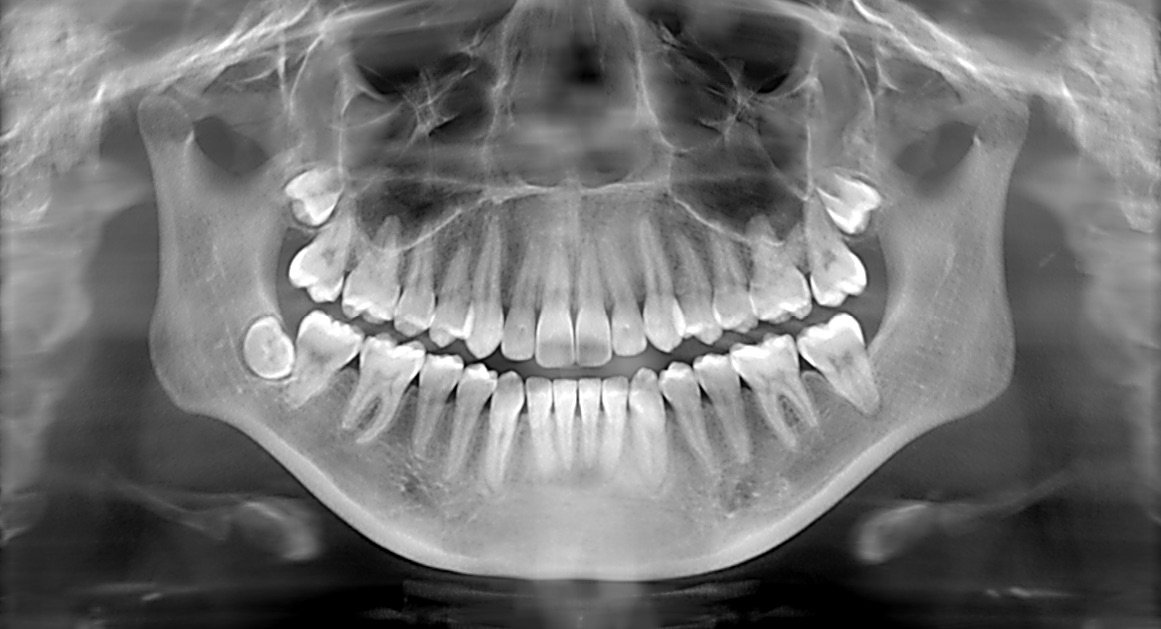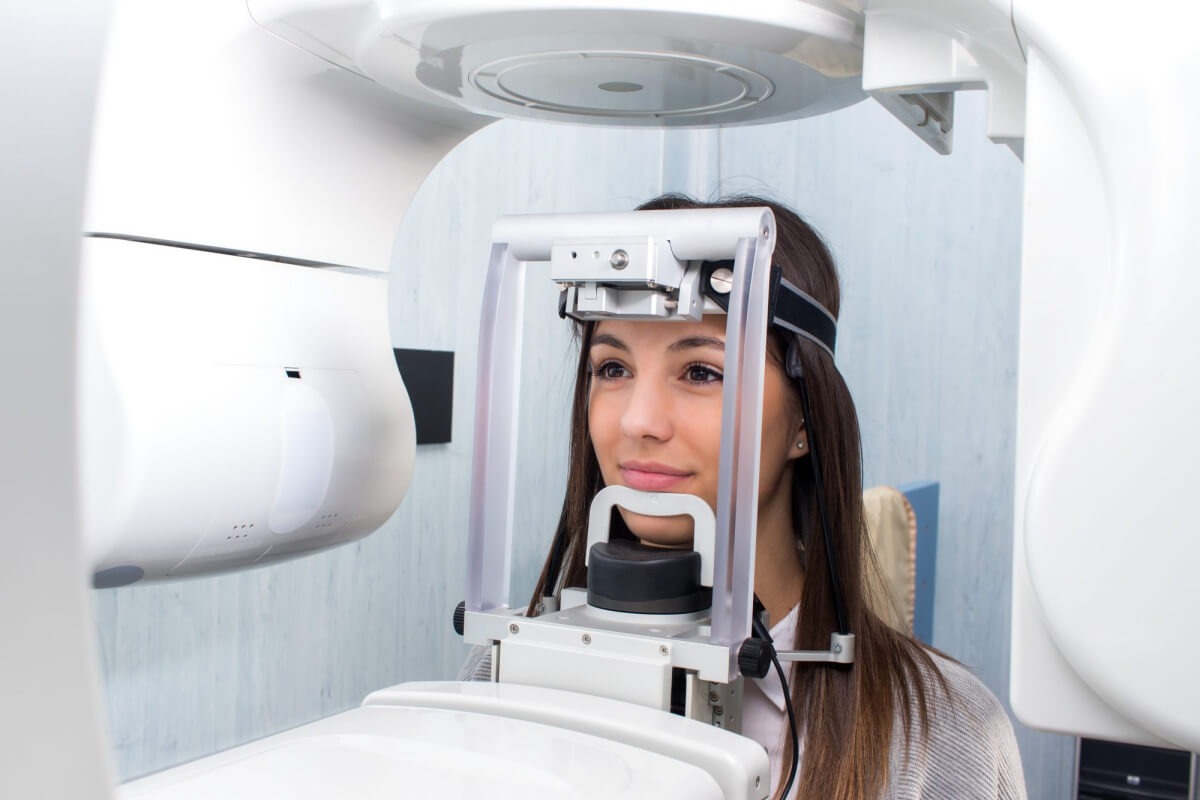If you’re preparing for orthodontic treatment, chances are your dentist or orthodontist has recommended a panoramic X-ray. You may be wondering: is it really necessary? The short answer is yes. Getting a panoramic X-ray before braces is a critical step in ensuring safe, accurate, and effective orthodontic care. And while patients often focus on aligners, wires, or treatment duration, the imaging process is what lays the groundwork for it all — especially in a fast-evolving dental hub like Dubai, where understanding the Panoramic Dental X-Ray Cost in Dubai is often part of your treatment planning.
What is a Panoramic Dental X-Ray?
A panoramic dental X-ray is a two-dimensional image that captures your entire mouth in one shot — including your teeth, upper and lower jaws, sinuses, and surrounding bones. Unlike traditional bitewing X-rays that focus on a small section of the mouth, a panoramic X-ray provides a full overview.
This comprehensive imaging is achieved with a machine that rotates around your head. It’s fast, painless, and non-invasive, making it an ideal diagnostic tool, particularly for those getting braces.
The Purpose of a Panoramic X-Ray Before Braces
Orthodontics isn’t just about straightening visible teeth. It's about understanding how your teeth, jaws, and bones interact. That’s where panoramic imaging becomes vital.
Here’s what a panoramic X-ray reveals that a visual exam cannot:
1. Impacted Teeth
Panoramic X-rays are highly effective in identifying impacted teeth — especially wisdom teeth or canines that haven't erupted properly. Knowing their position beforehand helps orthodontists plan whether extractions are needed before braces are placed.
2. Jawbone Health
Your jaw’s structure and density can affect how teeth shift during treatment. Panoramic images show bone abnormalities, cysts, or signs of bone loss that could complicate orthodontic work.
3. Tooth Alignment and Root Position
A panoramic X-ray displays root angles and alignment. If roots are too close together or tilted in an unusual direction, your orthodontist may need to adjust your treatment plan to avoid damage.
4. Extra Teeth or Missing Teeth
Sometimes, people have extra (supernumerary) teeth or congenitally missing teeth. Both conditions impact how braces will work. Discovering these issues before treatment begins allows for a customized and efficient strategy.
5. TMJ Evaluation
The temporomandibular joints (TMJ), located near the ears, play a crucial role in jaw movement. A panoramic X-ray provides insights into any irregularities or dysfunctions, which can influence how orthodontic appliances are used.
Why Early Detection Matters
Braces involve more than just aesthetics — they correct bite issues, prevent overcrowding, and improve oral health long-term. But even minor complications, if undetected, can delay treatment or result in discomfort. A panoramic X-ray eliminates these risks by giving your dental team a clear map of what’s happening beneath the surface.
For teenagers and adults alike, this early detection helps ensure a smoother, faster, and safer orthodontic journey.
Safety and Simplicity
One of the reasons panoramic X-rays are widely used is their safety and simplicity. The radiation exposure is minimal, especially with modern digital equipment. It takes just a few seconds to complete and doesn’t require any special preparation.
Moreover, patients don’t feel any discomfort during the scan. The machine moves smoothly around the head while the patient remains still, making it an easy process for all age groups.
Digital Advancements Make It Even Better
In cities like Dubai, dental imaging has reached new levels with high-definition digital panoramic X-rays. These newer machines provide sharper images, instant results, and better diagnostics. Plus, they are environmentally friendly, eliminating the need for film development and reducing waste.
With digital files, your images can be instantly shared between your dental professionals, streamlining communication and decision-making.

Long-Term Benefits of Getting It Right the First Time
When the foundational assessment is precise, the chances of complications during orthodontic treatment drastically decrease. Whether you're getting traditional metal braces, clear aligners, or lingual systems, a well-informed treatment plan from the start helps you avoid setbacks, saves time, and ensures lasting results.
Skipping a panoramic X-ray might seem like a small shortcut, but it’s one that could lead to delayed treatment or misalignment corrections down the road. Think of it as the blueprint for your perfect smile.
What to Expect After the X-Ray
Once your panoramic X-ray is taken, your dental team will review the image with you. You'll likely be shown the position of your teeth, any potential areas of concern, and the treatment approach moving forward.
This transparency helps you become an informed partner in your care, giving you the confidence to begin your orthodontic journey with clarity.
The Bottom Line
Orthodontic treatment is a commitment, both financially and in terms of time. So it makes sense to begin with the most comprehensive diagnostic tools available. A panoramic X-ray is more than a recommendation — it’s a smart investment in your long-term oral health.
And if you're beginning this process in the UAE, understanding the Panoramic Dental X-Ray Cost Dubai is an important part of your planning. With its growing reputation for advanced dental care, Dubai offers access to high-quality diagnostic imaging that helps set the stage for successful orthodontic outcomes.
Whether you're getting braces for functional reasons, cosmetic improvement, or both, don’t overlook the first — and one of the most essential — steps: a clear, complete panoramic view of your dental landscape.





Comments